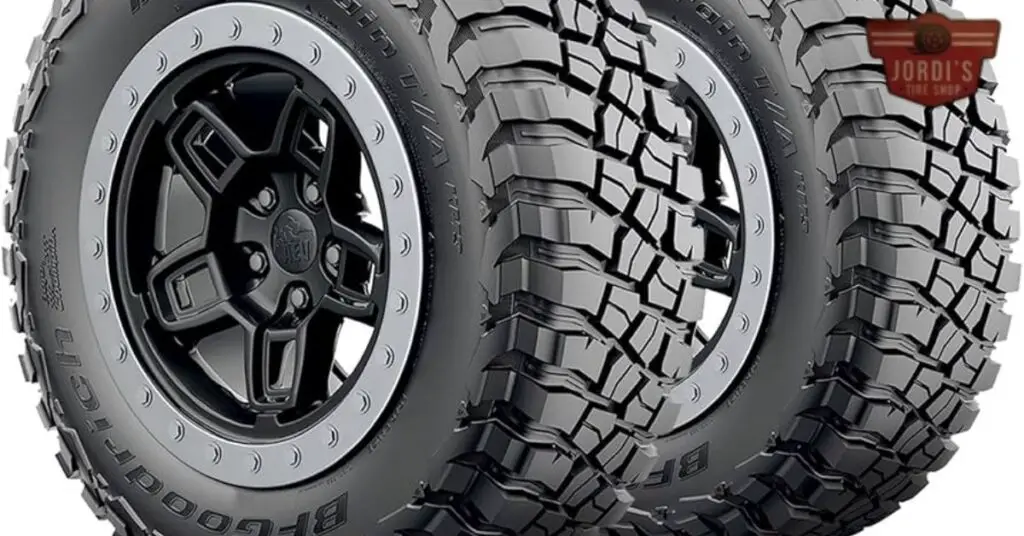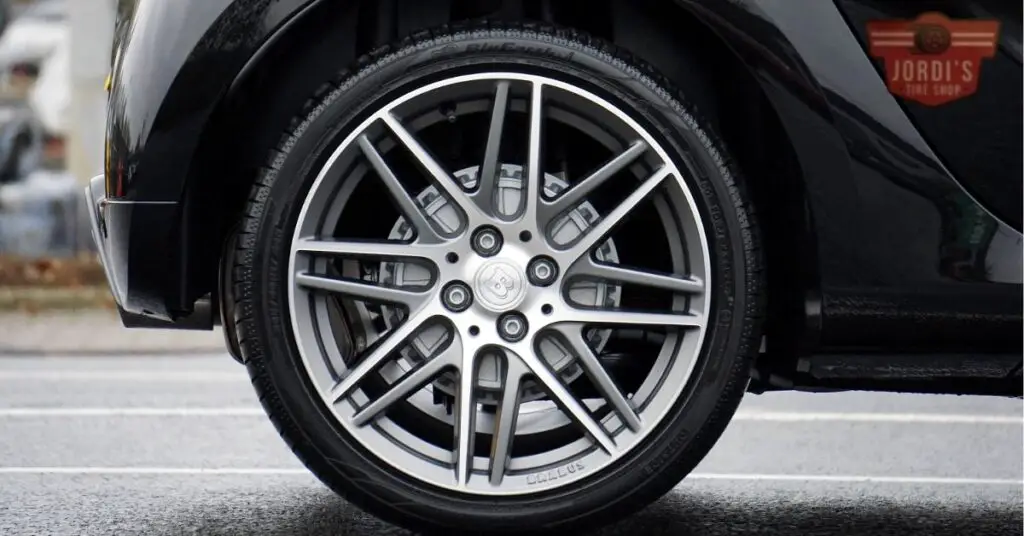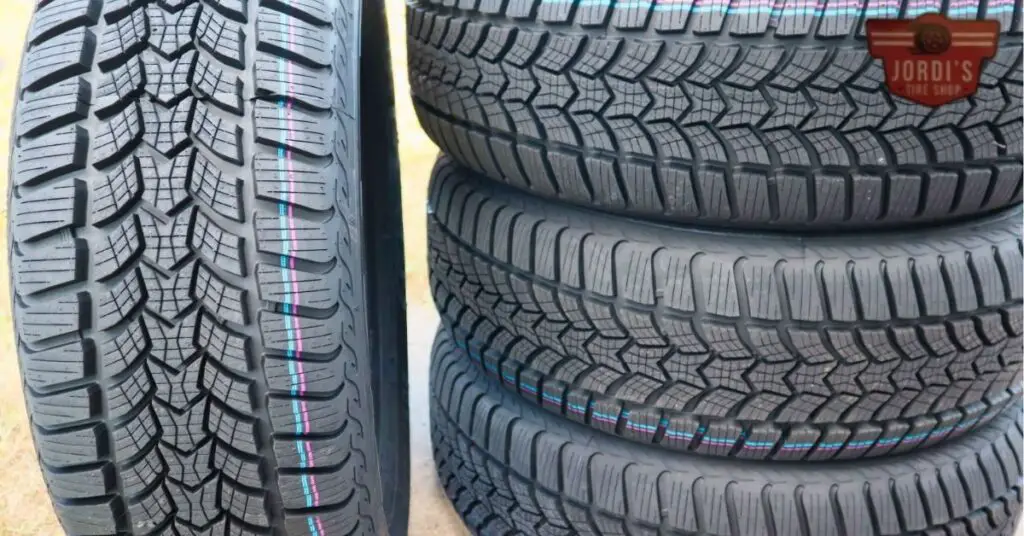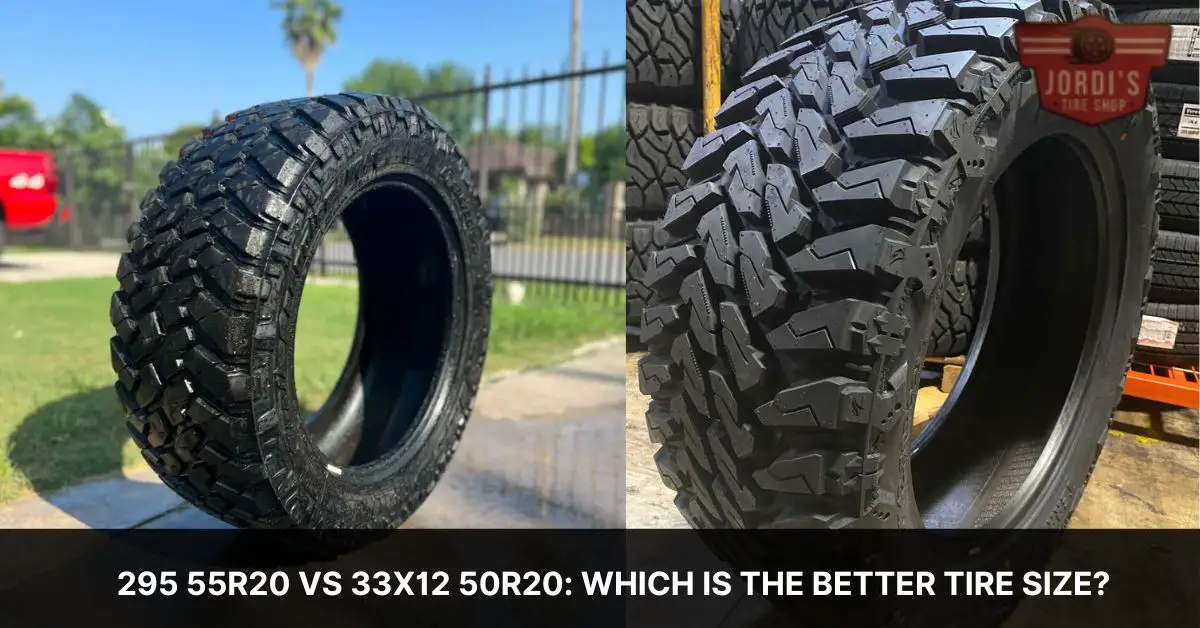Choosing the right tire size for your vehicle can feel like navigating a maze with all the numbers and letters involved. It’s not just about the look; it’s about performance, fuel efficiency, and safety too. Today, we’re diving into the specifics of two popular tire sizes: 295/55R20 and 33×12.50R20. Both have their unique advantages and are favored for different reasons by truck and SUV enthusiasts.
Understanding the nuances between these sizes can help you make an informed decision that aligns with your driving needs and preferences. Whether you’re hitting off-road trails or cruising the highway, the right tire size can make all the difference. Let’s explore what sets these two options apart and which might be the best fit for your ride.
Understanding Tire Sizes: 295 55r20 vs 33×12 50r20
Diving deeper into the intricacies of tire sizes, especially when comparing 295/55R20 and 33×12.50R20, becomes essential for selecting the optimal choice for our vehicles. These dimensions may seem just numbers at first glance, but they hold crucial information about the tire’s compatibility and performance on different terrains.
The 295/55R20 tire signifies a width of 295 millimeters and an aspect ratio of 55%, mapped onto a 20-inch wheel. This configuration suggests a tire that’s wide enough to handle significant road contact area while maintaining a modest sidewall height, reducing the risk of sidewall flex and enhancing handling at high speeds. Perfect for drivers who prioritize a blend of performance and aesthetics, this tire size supports those who frequent highways and paved roads more than off-road trails.
On the flip side, the 33×12.50R20 tires speak to a different audience, featuring a height of approximately 33 inches, a width of 12.50 inches, and fitted to a 20-inch rim. The explicit mention of height in its sizing indicates a design favoring off-road capabilities. These tires offer a taller stance, providing better clearance for off-road obstacles. The wider footprint distributes vehicle weight more evenly, enabling superior traction in mud, sand, or rocky conditions. Ideal for off-road enthusiasts, this size excels in rugged landscapes but also performs admirably on highways, albeit with a noticeable impact on fuel efficiency due to increased rolling resistance.
When considering upgrades or replacements, we must weigh these factors against our driving habits, vehicle specifics, and aesthetic preferences. Understanding the nuances between 295/55R20 and 33×12.50R20 sizes helps us anticipate how our choice will influence our driving experience, from fuel consumption to road handling and comfort. By sifting through these details, we aim to equip and empower our readers with the knowledge to make informed decisions fitting their lifestyle and driving needs.
Key Differences Between 295 55r20 and 33×12 50r20 Tires

Switching gears from understanding the individual appeal of 295/55R20 and 33×12.50R20 tires, let’s delve into their key differences. This insight helps pinpoint exactly how these variations affect vehicle performance and driver preference.
Firstly, addressing the dimensions, 295/55R20 tires have a width of 295mm. In comparison, 33×12.50R20 tires stand wider at approximately 318mm. This difference in width influences the contact patch size, impacting grip and handling. Wider tires, like the 33×12.50R20, typically offer better traction, especially in off-road conditions.
Height, or sidewall length, adds another layer to their distinction. The 295/55R20 presents a sidewall height that’s roughly 162mm, aligning with vehicles seeking a blend of comfort and performance. The 33×12.50R20 tires, however, based on their naming convention, suggest a diameter of 33 inches, equating to a more considerable sidewall height that supports rigorous off-road activities by absorbing more impact.
Regarding aesthetics and vehicle fit, the slimmer profile of the 295/55R20 tires lends itself to a more streamlined look, potentially appealing to those prioritizing style alongside function. The beefier 33×12.50R20 tires, conversely, elevate the vehicle’s stance, making it a favorite among off-roading enthusiasts and those desiring a more aggressive appearance.
Finally, the choice between these sizes affects vehicle handling. The 295/55R20 tires may offer better fuel efficiency and smoother ride quality on highways. However, the 33×12.50R20’s larger size and wider tread are advantageous for stability in uneven terrains, though possibly at the cost of increased fuel consumption and altered handling on paved roads.
In sum, understanding these key differences equips us to make informed decisions aligning with our driving needs, whether those prioritize daily commuting comfort or adventurous pursuits off the beaten path.
Advantages and Disadvantages

Delving deeper into the comparison between 295/55R20 and 33×12.50R20 tire sizes, each offers specific benefits and drawbacks depending on the driver’s priorities.
295/55R20 Advantages
- Improved Fuel Efficiency: Thanks to their narrower width and optimized profile, these tires typically yield better fuel economy, a priority for many drivers.
- Better Handling on Pavement: With a design leaning towards highway and city driving, these tires offer enhanced handling and comfort on smoother surfaces.
- Reduced Road Noise: Owing to their specific construction, 295/55R20 tires tend to produce less noise on asphalt, making for a quieter ride.
295/55R20 Disadvantages
- Limited Off-Road Capability: These tires might not deliver the same level of traction and durability off the beaten path as their wider counterparts do.
- Aesthetic Limitations: Drivers seeking a more aggressive vehicle stance may find the narrower profile less appealing.
33×12.50R20 Advantages
- Superior Off-Road Performance: Their wider footprint and robust design significantly improve traction on rugged terrains, making them ideal for off-road enthusiasts.
- Aggressive Look: The broader and more pronounced appearance of these tires enhances the vehicle’s aesthetic, appealing to those who favor a rugged look.
- Decreased Fuel Economy: The wider surface area increases rolling resistance, which can lead to a noticeable decrease in miles per gallon.
- Possible Ride Harshness: On highways and city streets, these tires may offer a rougher ride compared to the smoother experience of 295/55R20 tires.
Comparing the advantages and disadvantages of 295/55R20 and 33×12.50R20 tires, we aim to equip drivers with the knowledge to choose the best tire size for their specific driving needs, whether they prioritize efficiency and comfort on the highway or performance and appearance for off-road adventures.
Recommended Uses for Each Tire Size

Building on the distinctions between the 295/55R20 and 33×12.50R20 tire sizes, let’s explore where each size excels, helping drivers match their tires to their driving habits and preferences.
For 295/55R20 Tires
These tires are particularly well-suited for drivers prioritizing highway driving and everyday comfort. Here are specific scenarios where they shine:
- Daily Commuting: With their improved fuel efficiency, riding comfort, and better handling on pavement, these tires are ideal for those who primarily drive on city streets and highways.
- Long-Distance Travel: Their reduced road noise and enhanced comfort on paved surfaces make them suitable for long trips, ensuring a quieter and smoother ride.
- Light Off-Roading: Although not designed for extreme off-road conditions, these tires can handle light off-road tracks when necessary, providing a balance between urban and rural driving needs.
For 33×12.50R20 Tires
Drivers looking for an adventure off the beaten path or who want to make a statement with their vehicle’s appearance will find these tires more aligned with their needs:
- Off-Road Adventures: Excelling in rugged conditions, these tires offer superior traction and durability for off-road terrain, including mud, gravel, and rocks.
- Enhanced Vehicle Stance: For those aiming for a more aggressive look, these tires provide a bold, commanding appearance that stands out.
- All-Weather Performance: Their broad surface area and aggressive tread design also improve handling in various weather conditions, from rain to light snow.
You’ll find the 295/55R20 tires to be a perfect companion for urban adventures and smooth, long journeys, while the 33×12.50R20 tires cater to the spirits of off-road enthusiasts and those desiring a rugged vehicle look. Understanding these recommended uses ensures you’re well-equipped to choose the tire size that best matches your driving style and preferences.
Making the Right Choice for Your Vehicle

Selecting between 295/55R20 and 33×12.50R20 tires involves considering both technical specifications and personal driving habits. We’ll guide you through key factors to ensure you make an informed decision that enhances your driving experience.
Assess Your Driving Needs
First, evaluate your primary driving environment. If you spend most of your time on highways or in urban settings, the 295/55R20 tires likely suit your needs. They offer a balance of fuel efficiency, comfort, and handling that’s hard to beat for everyday driving. Conversely, if you’re passionate about off-roading or frequently encounter challenging terrains, the 33×12.50R20 tires provide the durability, traction, and stability necessary for such adventures.
Consider Vehicle Compatibility
Before making a final decision, check your vehicle’s manual or consult with a professional to ensure compatibility. Some vehicles may require modifications, such as a lift kit, to accommodate the larger size of 33×12.50R20 tires without risking damage or negatively impacting performance.
Think About Long-Term Costs
Tire choice affects more than just immediate performance; it has long-term implications for fuel consumption and tire replacement intervals. Typically, larger, wider tires like the 33×12.50R20 can lead to increased fuel consumption, while the 295/55R20 might offer better mileage due to their optimized rolling resistance. Moreover, consider the wear rate of different tire types, as more aggressive treads tend to wear faster, potentially leading to sooner replacements.
Prioritize Safety and Comfort
Lastly, safety and comfort should never be compromised. Both tire sizes offer specific benefits, but ensure that your choice aligns with safety standards and provides the comfort level you expect during drives. Whether it’s the smoother ride of a 295/55R20 tire or the rugged readiness of a 33×12.50R20, your safety and comfort are paramount.
Conclusion
We’ve walked through the nuances of selecting between 295/55R20 and 33×12.50R20 tire sizes, understanding that each serves distinct driving preferences and needs. It’s clear that the choice isn’t just about numbers but about what those numbers mean for our driving experiences. Whether we’re cruising the highways or tackling rough terrains, ensuring our vehicle is equipped with the right tires is crucial. Let’s use the insights we’ve gathered to make choices that align with our driving habits and lifestyle. After all, the right set of tires not only improves our vehicle’s performance but also adds to our safety and comfort on the road. Here’s to making every journey more enjoyable and secure with the perfect set of wheels!
Related Posts:

